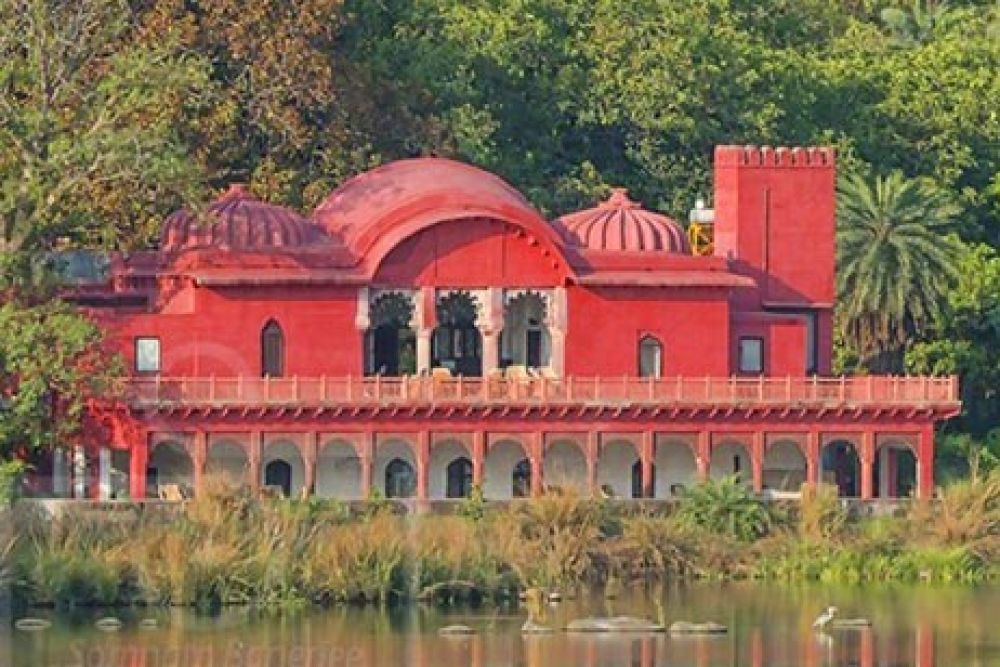

Nestled within the renowned Ranthambore National Park, the Jogi Mahal once served as a royal hunting lodge for the Maharajahs of Jaipur. This historic structure, located near the picturesque Padam Talao, the largest lake in the park, has been a witness to the grandeur of Rajputana and the burgeoning wildlife tourism in Rajasthan.
Jogi Mahal holds a significant place in the history of Sawai Madhopur due to its royal lineage and its connection to the legendary Ranthambore Fort, a UNESCO World Heritage Site. The Mahal was primarily used as a resting place for the royal family and their guests during hunting expeditions when Ranthambore was a princely game reserve.
The advent of tourism in the area can be traced back to the mid-20th century when the Indian government began to promote wildlife conservation. With the establishment of Ranthambore National Park in 1980, Jogi Mahal found itself at the epicenter of a new wave of eco-tourism. Visitors from around the world started flocking to the park, not for hunting, but to catch a glimpse of the majestic Bengal tigers in their natural habitat.
In recent years, the focus on sustainable tourism has become stronger. Efforts by government and various NGOs in conservation have brought attention to the need for responsible tourism practices that benefit both the environment and the local communities. Tourists today are more educated and keen on experiences that offer wildlife encounters with minimal disturbance to the natural ecosystem.
Eco-friendly accommodations and community-led tourism initiatives have taken root in the area. Luxury tents, eco-lodges, and boutique hotels that promote sustainability and eco-friendly practices are on the rise.
The use of technology has also impacted the visitor experience. Online safari bookings, GPS-enabled tour guides, and wildlife apps have made wildlife watching more accessible and informative. Though Jogi Mahal itself does not serve as accommodation for tourists now, it remains a key historical site within the park, often included in the itineraries of visitors.
Despite the limitations on tourist access to Jogi Mahal today due to conservation efforts, the edifice still stands as a testament to the region's royal past and its transformation into a sanctuary for wildlife. It continues to be part of the enduring allure of Ranthambore, making it one of the most sought-after destinations for wildlife enthusiasts and history buffs alike.